Churchill House is a good example of the Late Twentieth Century Brutalist style
Churchill House, at 218 Northbourne Avenue in Braddon, was designed by Robin Boyd for the Winston Churchill Memorial Trust of Australia in 1969-70, and construction was completed in 1971. It was Boyd’s last major commission, and he died prior to its completion. It is one of a small number of larger designs produced by Boyd and was Canberra’s first brutalist building.
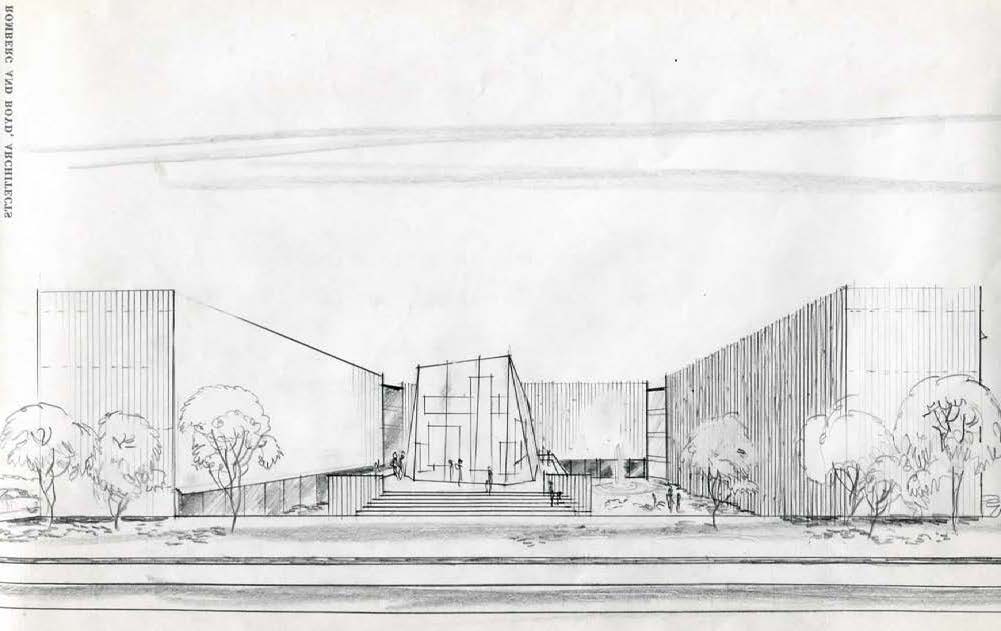
Brief
Churchill House was built by the Winston Churchill Memorial Trust of Australia. The Trust began consideration of erecting a building of its own in 1967 and formed a building committee in 1968. In 1969 it acquired a lease for land on Northbourne Avenue, the current site, and engaged the architect Robin Boyd to design the building.
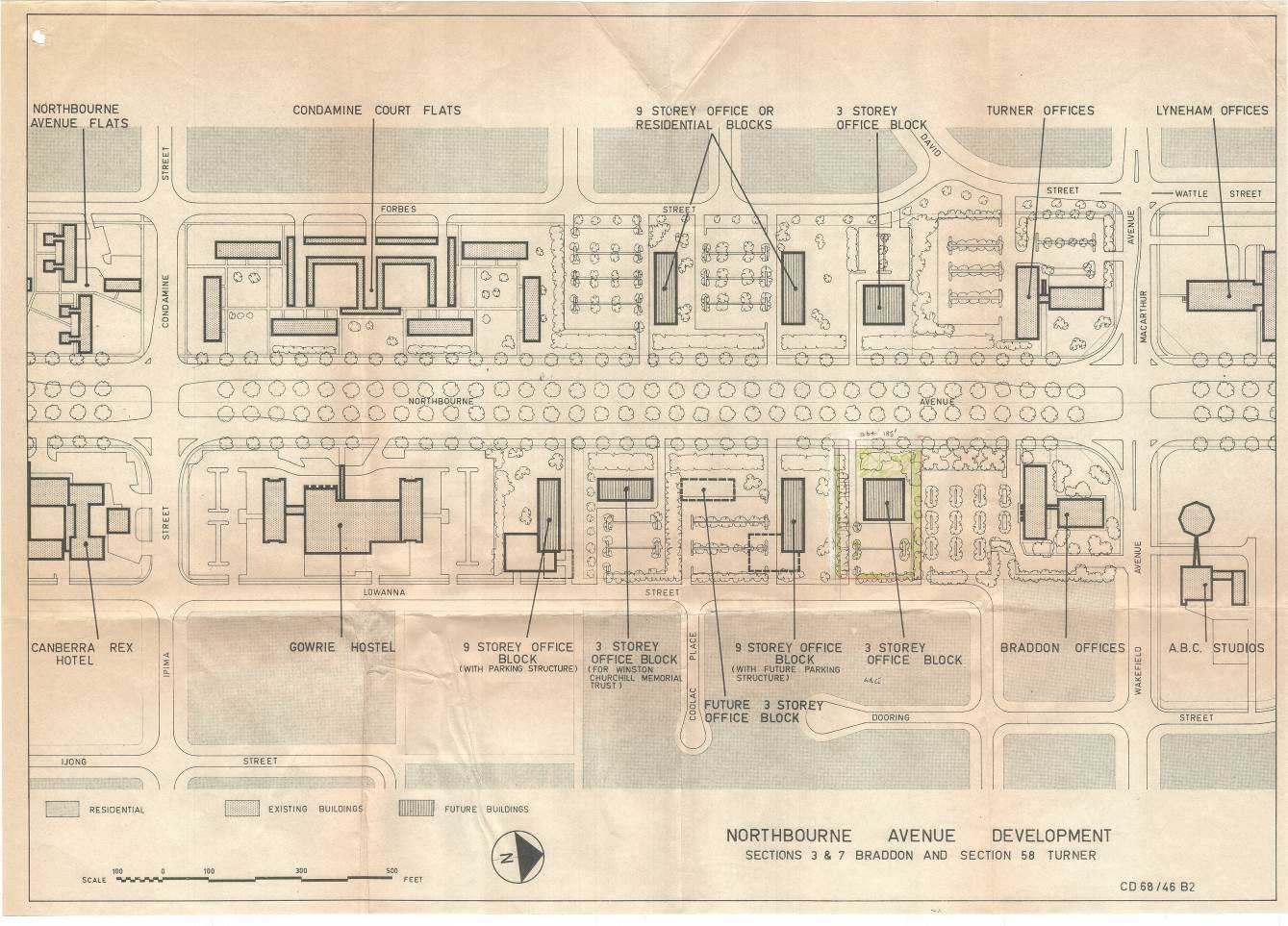
The building was to provide offices for the Trust and in addition was to provide rental office accommodation for commercial tenants as a means of generating income for the Trust. Features of the original design included:
- A glass exhibition pavilion, on the site of the current north wing, which housed a display on the work of the Trust.
- The flat roof area of the east and south wings which was intended to be a roof terrace.
- Accommodation in the building included a board room, dining room, reception area, bar and kitchen.
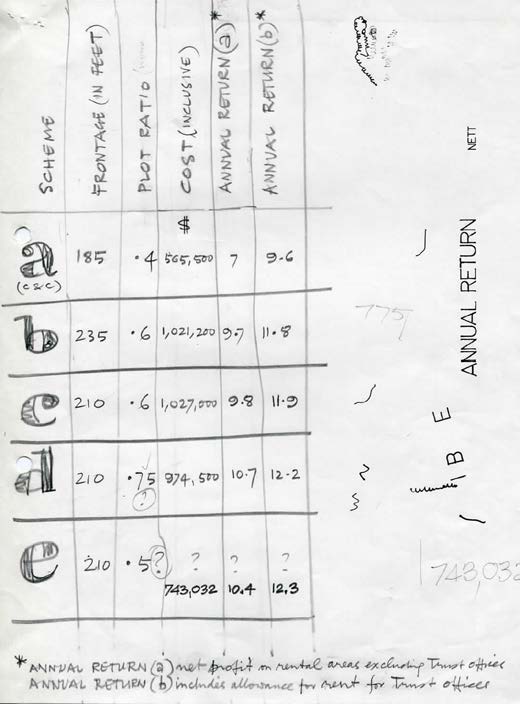
Boyd died in 1971 before completion, and W K Williams was engaged by the Trust as its site representative to replace Boyd.
The cost of the works was about $1 million. The building was officially opened on 14 April 1972.
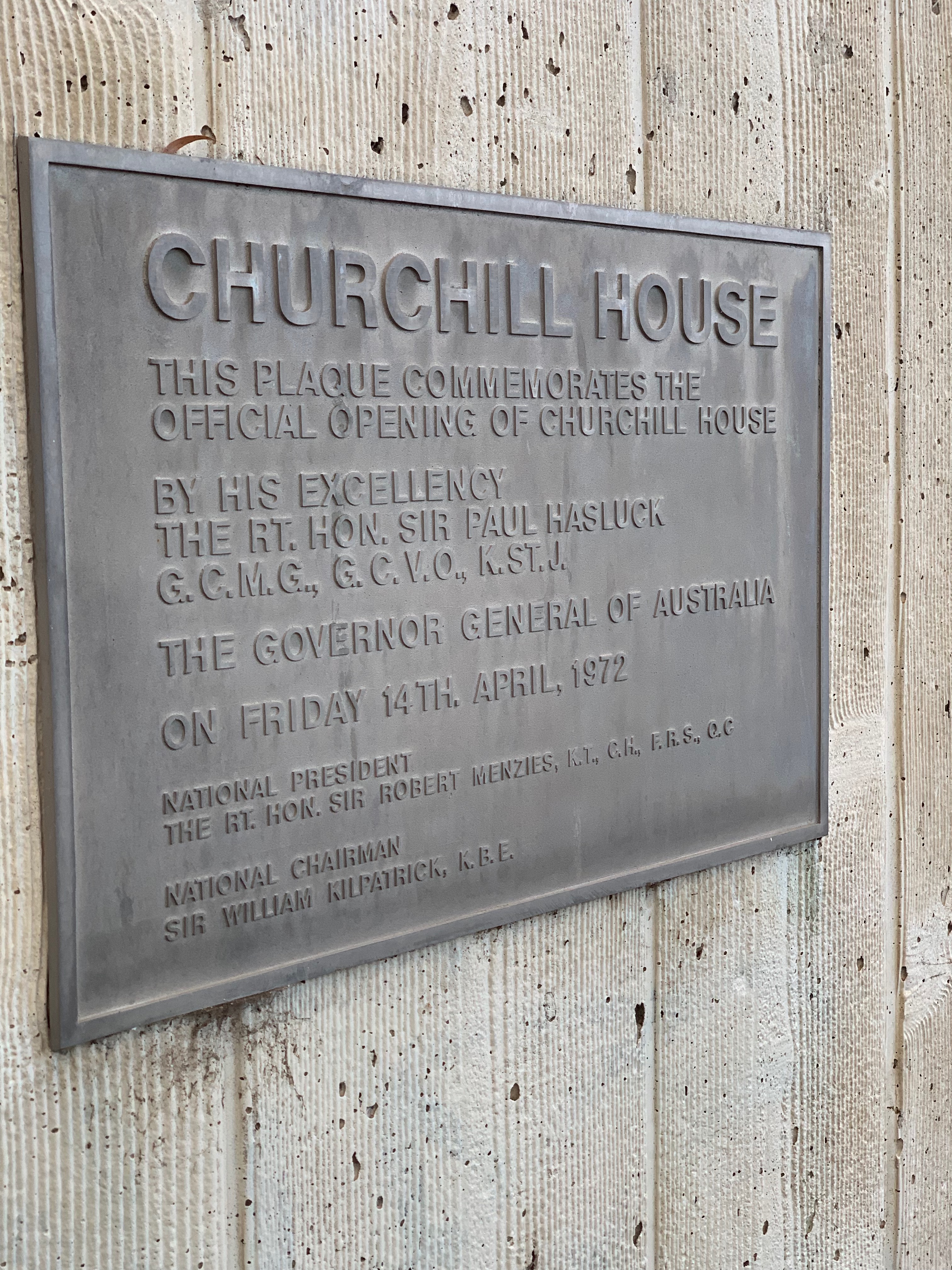
Other Buildings of Note
Churchill House is one of a number of Canberra buildings designed in the Late Twentieth Century Brutalist style. These include:
- National Gallery of Australia, 1971
- Cameron Offices, 1976
- Canberra School of Music, 1976
- High Court of Australia, 1980
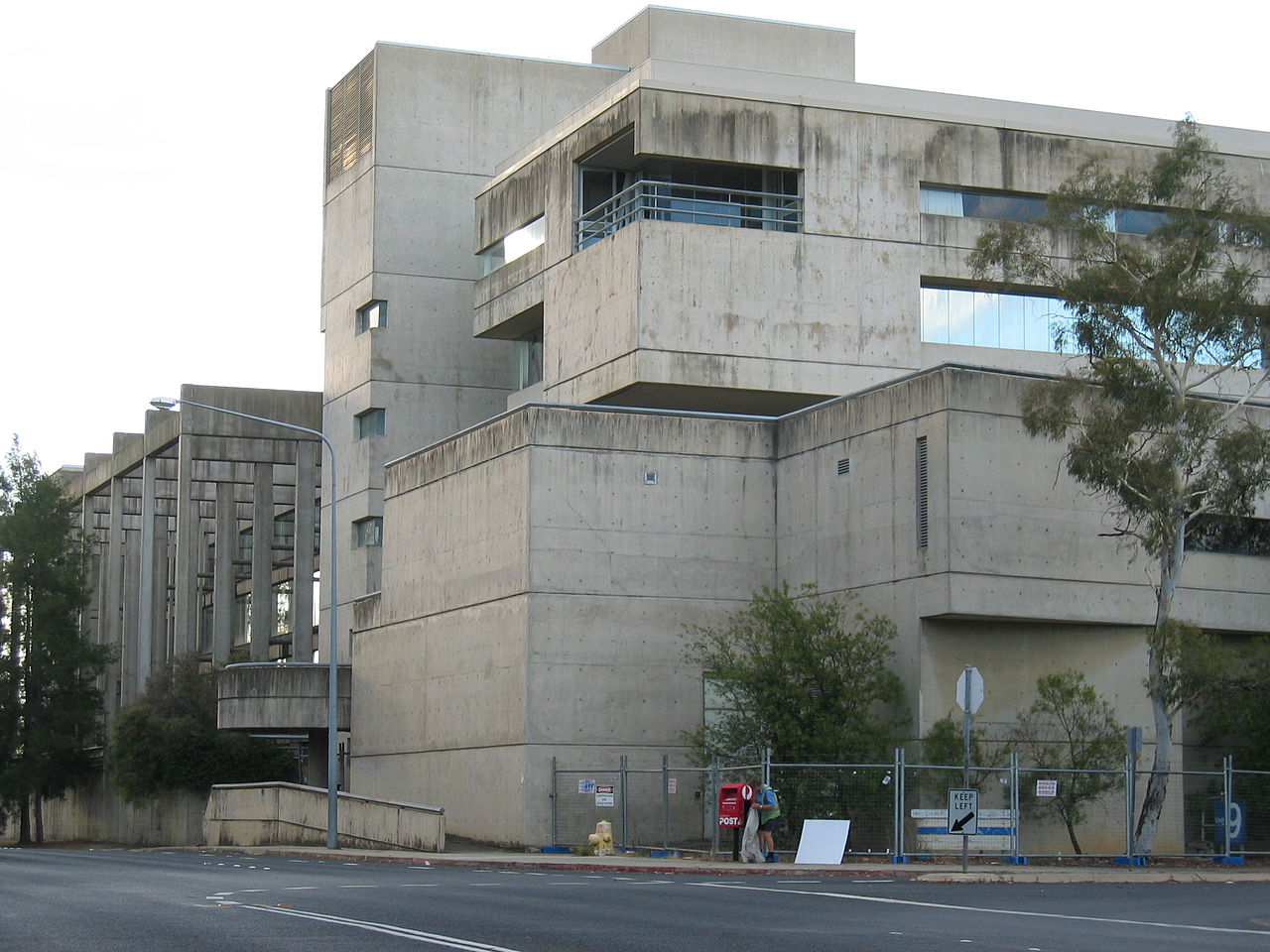
Churchill House is an early example in this context, and one of only two examples of an office building. While Brutalism has been described as an ethic rather than an aesthetic (Banham 1966:10), both office buildings display a more restrained form compared to the other buildings, several of which were intended to portray a distinctive image in the national capital.